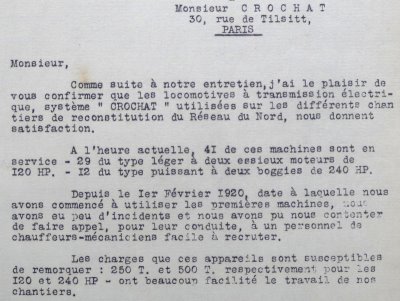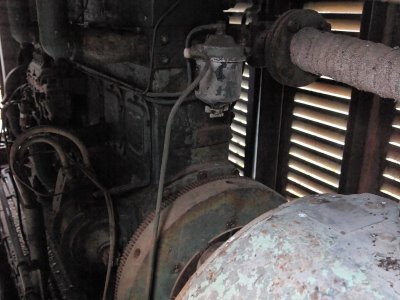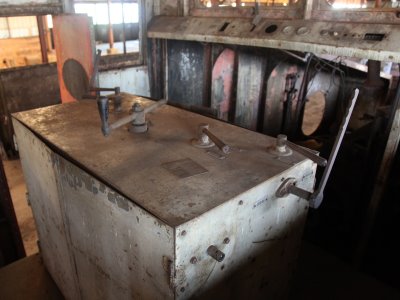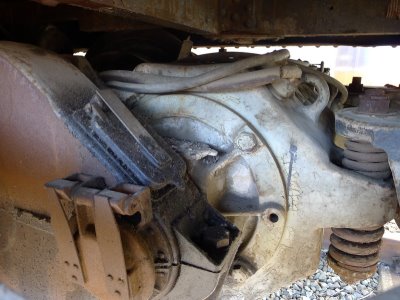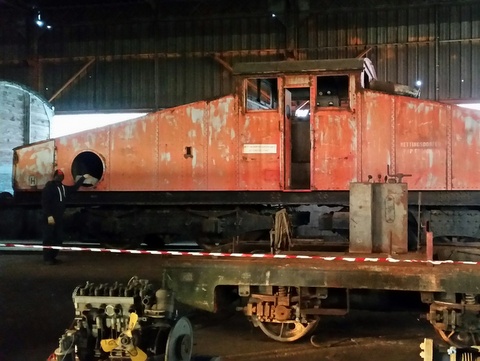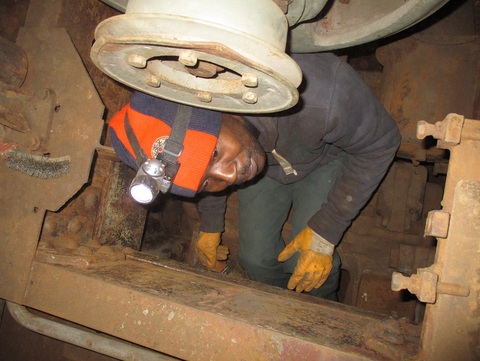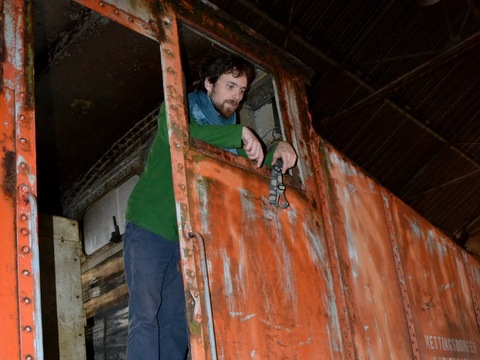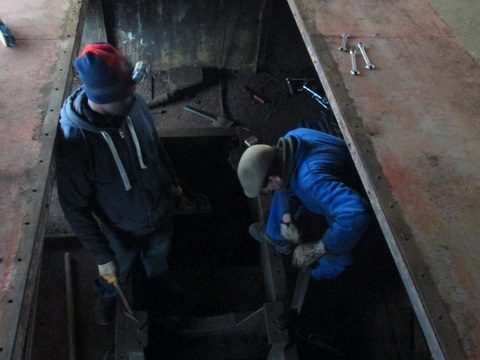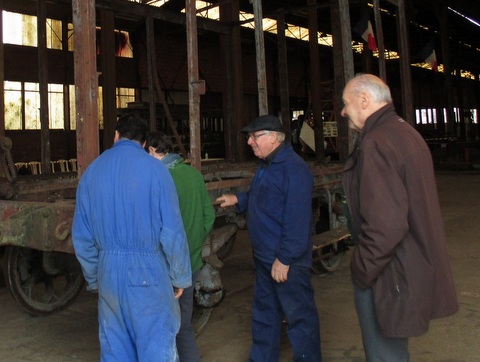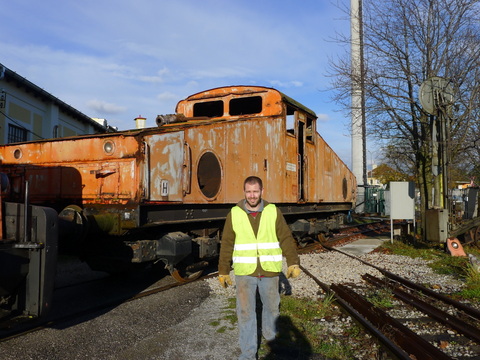Story
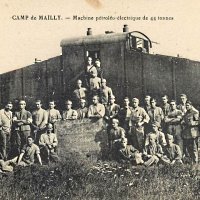
1619-1918
A series of 96 was built for french army to be used in the ALVF, this locomotive was captured in june 1918 during one of the last battles of the war. Germans, who don't master yet this technology, send quickly the engine to the back to study it.
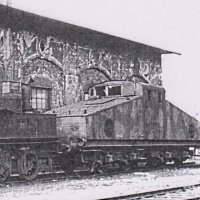
1918-1955
Property of german army, then soviet and finally austrian, locomotive is used during WWII in various shunting yards at austrian boundary. At end of the war, its track is found at Wien Nord, in poor condition. No one knows what this engine is and how it crashed there.
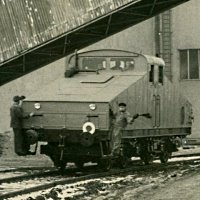
1956-1977
Builder company GEBUS purchases the locomotive and modernizes to sell it to Nettingsdorf paperworks where it is used for almost 20 years. Enthousiasts come for photographs and regular visits. Once the engine identified, some start to be interested by preservation.
